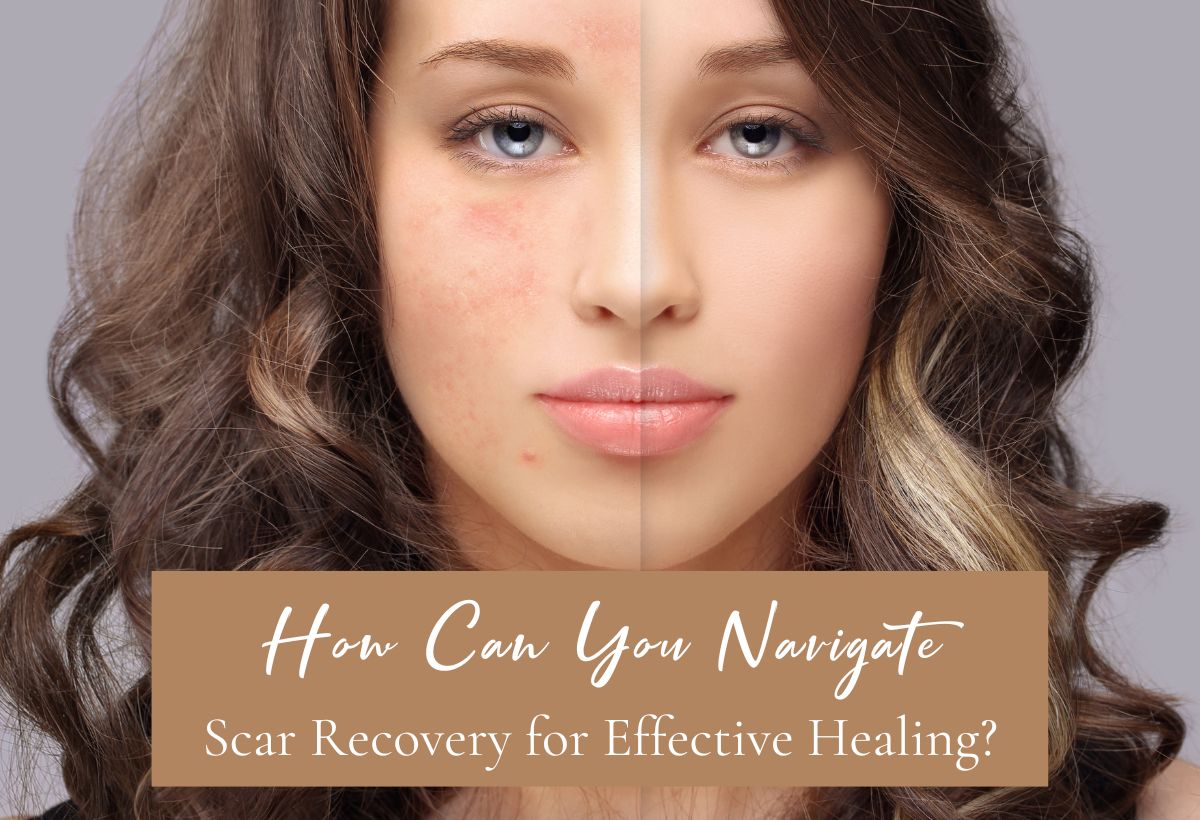
Scar recovery is an integral part of the body’s natural healing process after an injury. When the skin is wounded, the body works diligently to repair the damage, often leaving a scar as a permanent reminder of the healing journey. The appearance and treatment of a scar can vary greatly depending on its size, location, and the healing capabilities of an individual. It’s important for those looking to optimize their scar recovery to understand the various stages of the healing process and employ the best practices to ensure effective healing.

Managing the healing process effectively may involve a range of treatments and practices, from initial wound care to long-term management strategies. Silicone products, for instance, can maintain moisture and aid in scar healing when used properly. Keeping the wound clean, dry, and protected is also crucial to prevent infection and promote optimal healing conditions. Understanding these methods helps individuals support their recovery, reduce potential complications, and improve the overall appearance of their scars.
Navigating the path to recovery—whether it’s after surgery, an accident, or a minor cut—requires patience and the right information. By staying informed about the effective strategies in post-surgical scar care and incorporating recommended treatments, such as silicone therapy or massage, individuals can have a significant impact on the healing outcome. Although scars are a natural part of the skin’s recovery, there are proactive steps that can be taken to manage their healing effectively.
Understanding Scar Formation and Types
In navigating scar recovery, it’s essential to grasp how scars form and the different types that can develop. Factors like age, genetics, and characteristics of the injury all play roles in the scar formation and its eventual appearance and healing quality.
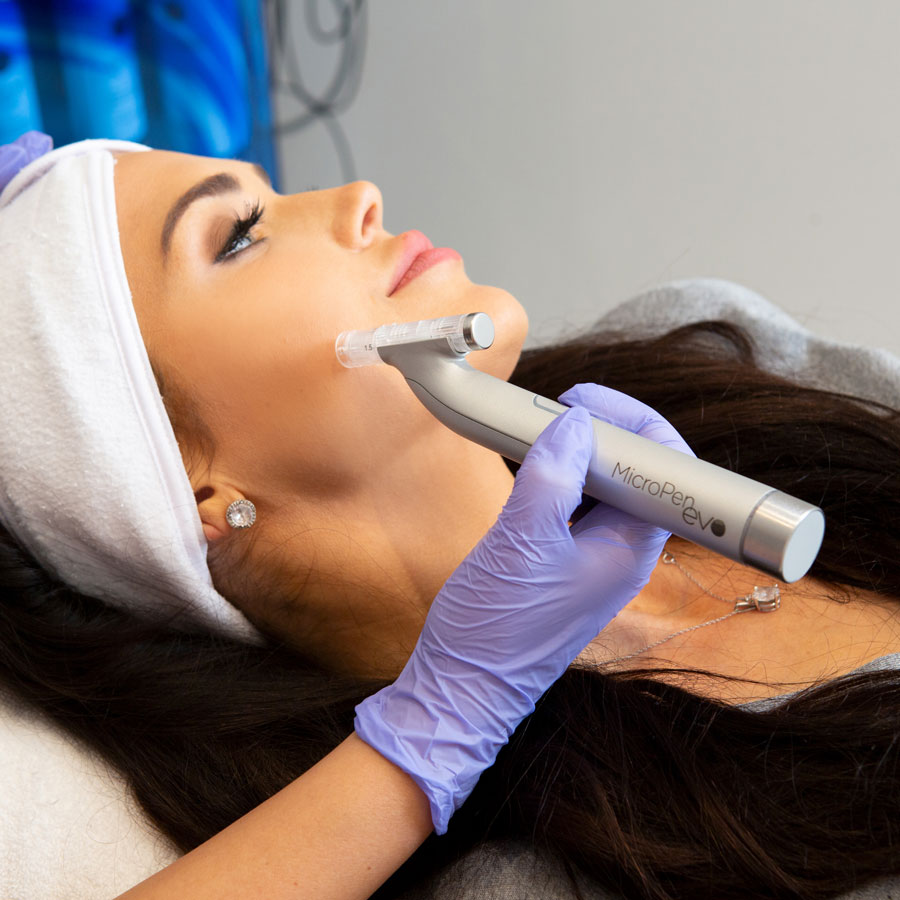
Stages of Scar Formation
Scars form through a multi-stage process beginning with injury to the skin. The inflammatory phase is the body’s initial response, aimed at cleaning the wound and defending against infection. This phase is characterised by swelling, redness, and inflammation. Next, the proliferation phase involves collagen and connective tissue buildup to repair the damage. Lastly, the remodeling stage refines the scar tissue, improving the appearance and function of the healed area.
Types of Scars
The texture, color, and appearance of scars can vary, leading to different types:
- Keloid scars are raised and can grow beyond the boundaries of the original wound, often having a different texture and color.
- Hypertrophic scars are also raised but stay within the injury’s boundaries.
- Atrophic scars create a recessed area on the skin, commonly arising from acne or chickenpox.
- Stretch marks are a form of scarring that appears when the skin rapidly stretches, disrupting normal collagen production.
Factors Affecting Scar Development
Various elements affect scar development and healing, including:
- Genes and ethnicity influence how one’s skin forms scars.
- Age: Younger skin tends to heal faster but might overproduce healing tissue, causing more prominent scars.
- Skin type and tension on the wound can affect healing.
- Medical conditions and the adequacy of wound care also play significant roles.
- Proper hydration, the use of sunscreen, massage, and taping can promote favorable healing, affecting the scar’s sensitivity and final appearance.
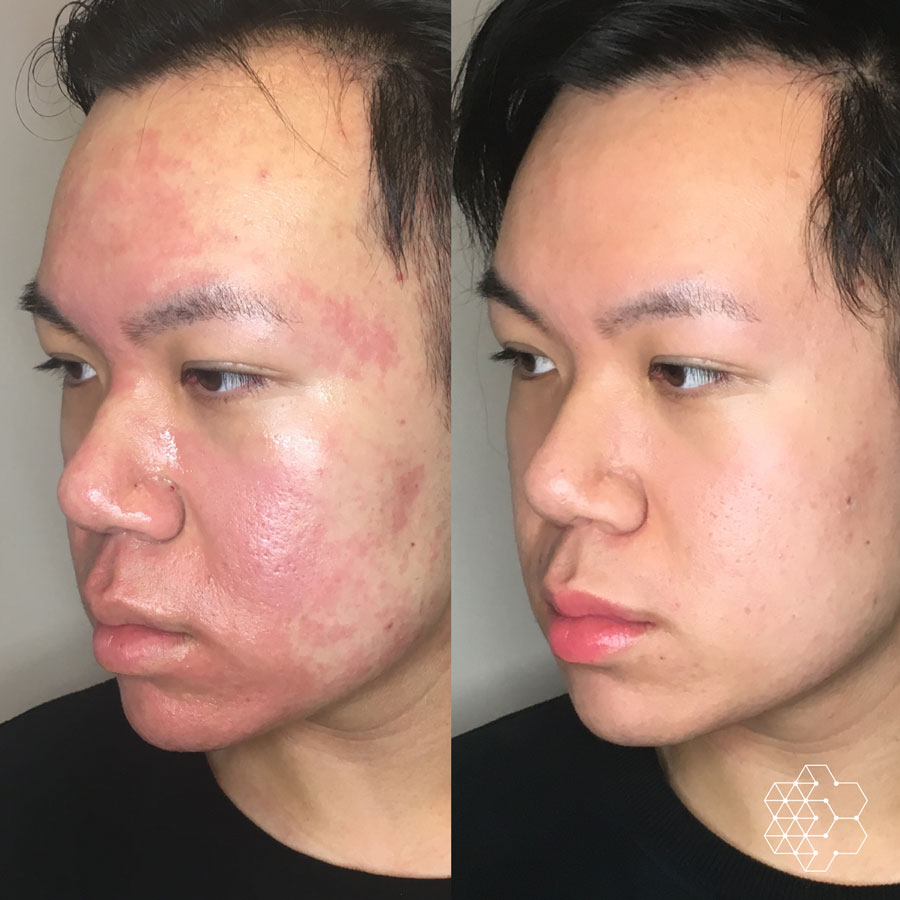
Medical and Home Treatments for Scars
Effective scar treatment may involve a combination of medical procedures and home remedies. These strategies aim to reduce the appearance of scars, promote healing, and prevent further skin damage.
Procedural Interventions
Procedural interventions by a dermatologist or medical professional involve more invasive techniques but can significantly improve scar appearance. Treatments like laser therapy target scar tissue and can encourage collagen restructuring. Steroid injections may be administered to soften and flatten keloid scars, while procedures such as dermabrasion or surgical removal are options for more severe scarring. For those dealing with acne scars, specialized acne scar treatment can help reduce inflammation and smooth out the skin.
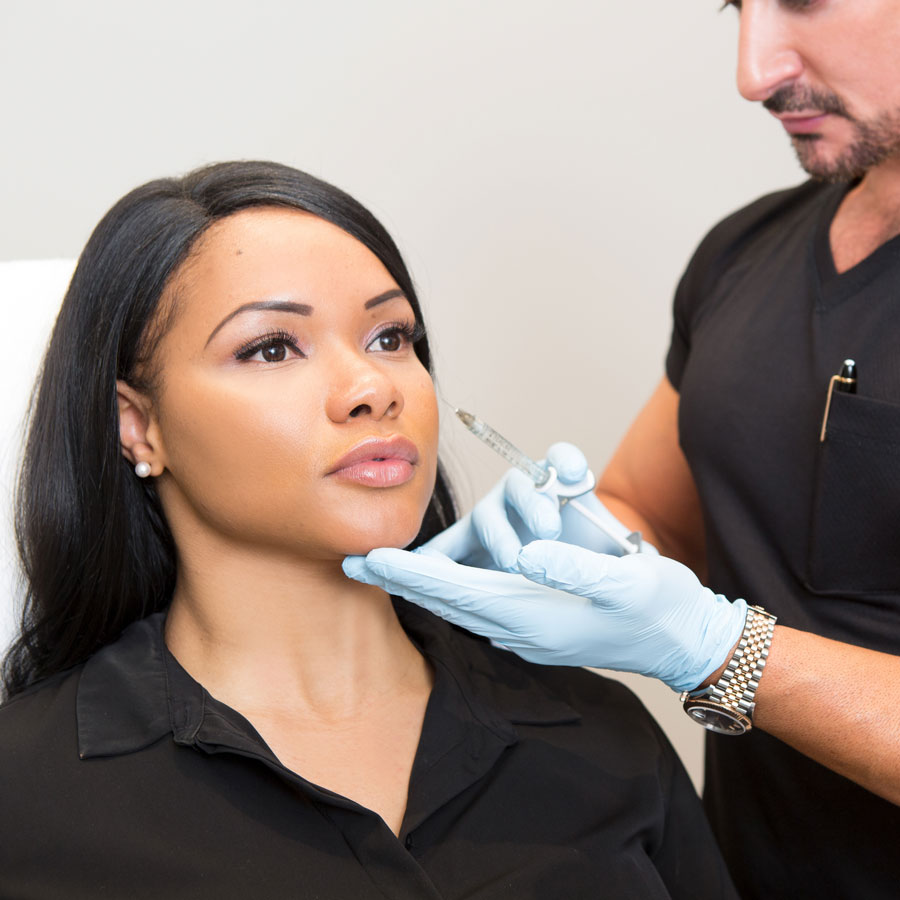
Topical Treatments
Topical treatments are often the first line of defense against scars and can include over-the-counter or prescription products. Silicone gels or scar creams enriched with ingredients like vitamin E and aloe vera can hydrate the skin and help reduce scarring. Silicone sheets may be particularly useful for raised scars like keloid and hypertrophic scars. Regular application following the manufacturer’s directions or a dermatologist’s advice is key for effectiveness.
Long-Term Scar Management
For long-term scar management, it’s crucial to protect scars from sun exposure by applying sunscreen, as UV rays can darken scars, making them more noticeable. Massaging the scar area can keep the tissue from becoming too stiff and may improve its appearance over time. Incorporating natural options such as zinc supplements or Vaseline can support scar healing. Emphasis should always be on gentle care and consistency in the chosen method to optimize recovery.
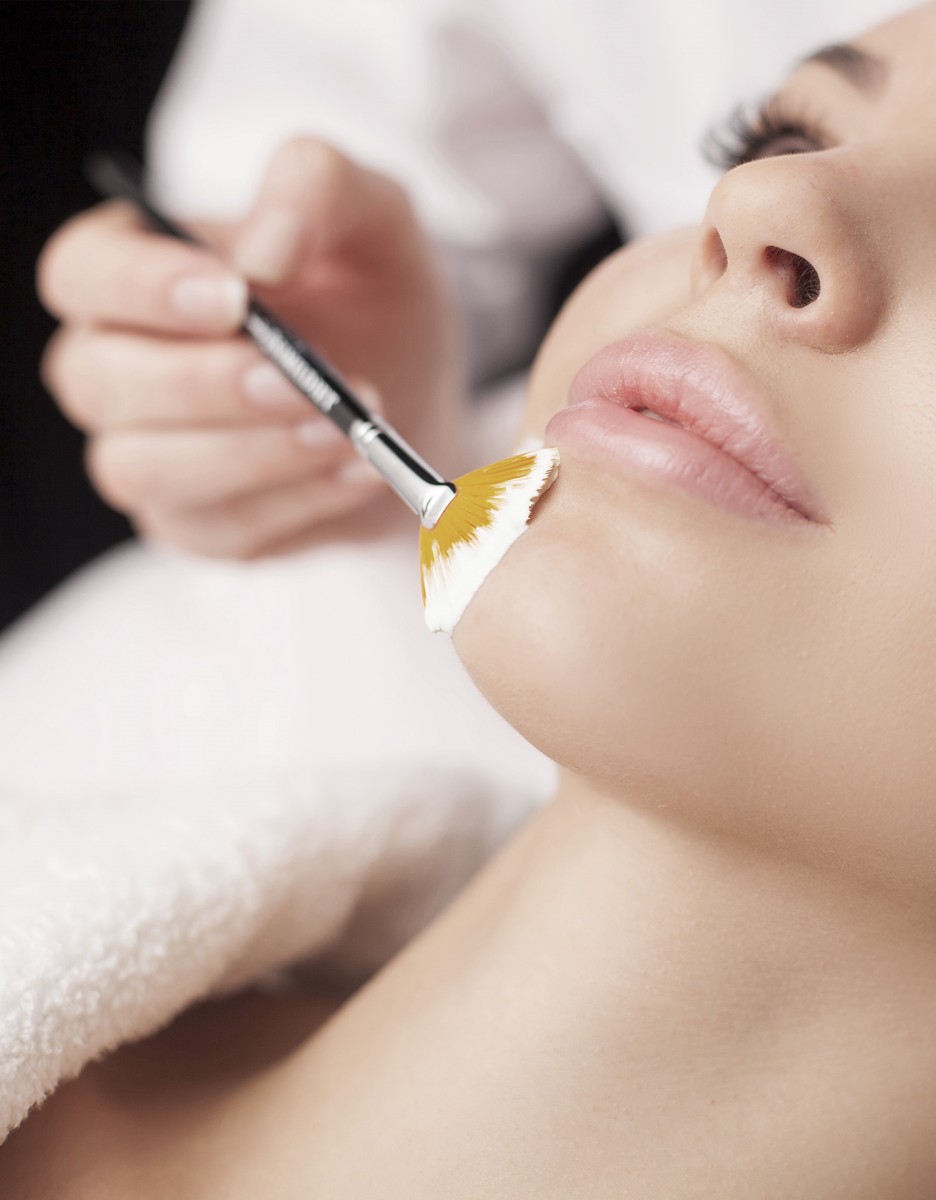
Conclusion
Effective scar management involves a proactive approach, combining medical guidance with at-home care. Timely treatment using various modalities can optimize the healing process. Adhering to a proper care routine, including the use of clinically backed methods such as pressure garments and silicone sheets, can enhance the appearance and feel of scars. To maximize healing outcomes, individuals should consult healthcare professionals and consider evidence-based recommendations.
Comments are closed.